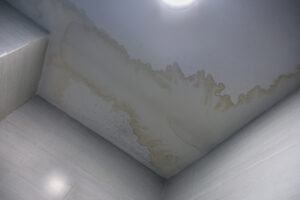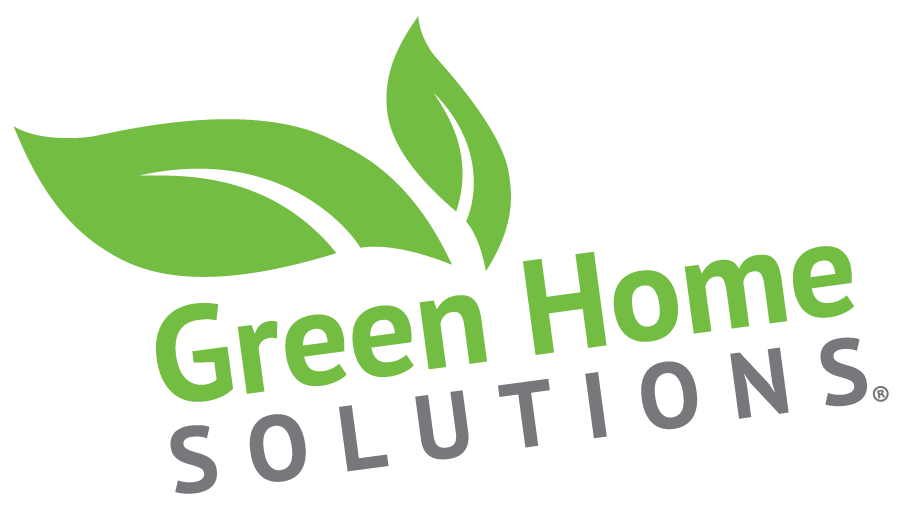 While many attribute mold growth solely to damp, rainy conditions, mold can thrive even in seemingly dry environments. Understanding the mechanisms by which mold can develop without rain or excessive moisture is crucial for maintaining a healthy living environment, particularly in unconventional settings like desert locales.
While many attribute mold growth solely to damp, rainy conditions, mold can thrive even in seemingly dry environments. Understanding the mechanisms by which mold can develop without rain or excessive moisture is crucial for maintaining a healthy living environment, particularly in unconventional settings like desert locales.
Factors Facilitating Mold Growth
- Indoor Humidity and Condensation
Even in arid climates, everyday activities such as cooking, showering, and breathing contribute to indoor humidity levels. Without adequate ventilation, this moisture can accumulate on cooler surfaces like windows, walls, and pipes, providing the necessary dampness for mold growth.
- Undetected Water Sources: Leaks from Pipes and Appliances
Mold can emerge from hidden water sources such as leaky pipes, appliances, or roofing. Slow leaks that go unnoticed can create a moist environment behind walls, under floors, or in ceilings, enabling mold to flourish unnoticed.
- Consequences of Inadequate Ventilation
Insufficient airflow can trap moisture indoors, particularly in confined spaces like bathrooms, kitchens, and basements. Poor air circulation allows humidity levels to rise, creating ideal conditions for mold growth, a common issue in homes with tightly sealed windows and doors.
Mold in Desert Climates: Dispelling the Myth
Contrary to popular belief, mold can thrive in desert climates due to several contributing factors:
- Indoor Humidity and Air Conditioning
In desert regions, reliance on air conditioning for cooling can reduce humidity levels but may lead to condensation on cooling coils and ducts if maintenance is neglected. This condensation provides a breeding ground for mold within HVAC systems and can spread throughout the home.
- Impact of Flash Flooding
Deserts experience sporadic flash floods that introduce significant amounts of moisture into homes. Even after visible water recedes, residual moisture in building materials can foster mold growth if not adequately dried and treated.
- Role of Irrigation Systems
Many desert properties use irrigation systems for landscaping purposes. Improperly installed or leaking systems can introduce water around the home’s foundation or crawl spaces, promoting conditions conducive to mold growth.
Strategies to Prevent Mold Growth
- Maintain Low Humidity Levels
- Utilize dehumidifiers and ensure proper ventilation in areas prone to moisture accumulation, such as bathrooms and kitchens.
- Regular Inspection and Maintenance
- Regularly inspect plumbing, roofing, and appliances for leaks, and promptly repair any identified issues.
- HVAC System Care
- Regularly clean and maintain air conditioning units and ducts to prevent condensation buildup and mold growth.
- Effective Waterproofing Measures
- Use waterproof building materials and sealants in areas susceptible to moisture exposure, such as basements and crawl spaces.
For more comprehensive information on mold prevention, refer to reputable sources like the Centers for Disease Control and Prevention (CDC).
Conclusion
Recognizing that mold can proliferate without rain or visible moisture is essential for effective prevention. By addressing potential sources of moisture and maintaining vigilance, you can protect your home and health from the detrimental effects of mold, even in the driest climates.
